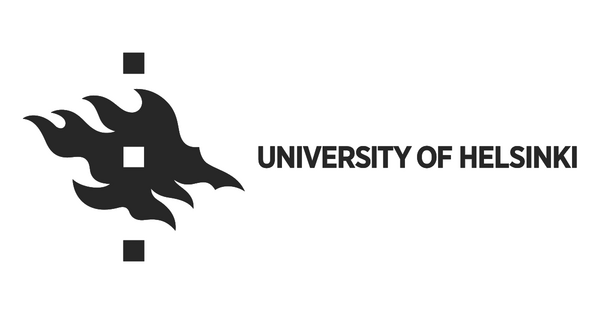Lahti City Museums Receive Proposals From University Of Helsinki Students
“In recent years, museums have been developing the principles of safe spaces in Finland and other countries,” says University Lecturer in Ethnology Pia Olsson, one of the teachers of the European Metropolitan Cultures course.
“We got the opportunity to collaborate with the Lahti University Campus and the Lahti City Museums. A new art museum, Malva, was opened in Lahti in the spring of 2022. Together with Malva, we came up with, as a course assignment, the development of safe space principles also for the Lahti City Museums.”
In addition to students of the Master’s Programme in Urban Studies and Planning, the course held in autumn 2022 was attended by a multidisciplinary and multinational group of students. The participants included students of humanities and social sciences from the University of Helsinki, design students from Aalto University as well as a large number of exchange students from different countries and disciplines.
The seven-week course consisted of guest lectures, groupwork and two visits to museums in Lahti, as well as an expert panel discussion. In December, student groups presented their final projects and concrete proposals to the Lahti City Museums.
“It was important to have the opportunity to travel and spend the day in Lahti on two occasions. Besides the museums, we also got to know one another much better than in the lecture context,” says University Lecturer in Museology Rick Bonnie, the other course teacher.
“For many students, the museum sphere was an entirely new experience, but safe spaces are a current topic on which students have a lot of knowledge and opinions, including even radical ones. For teachers too, this was a great interactive learning experience.”
A safe space is an important but complex matter
The students examined the concept and principles of a safe space from several directions. Some groups interviewed museum employees and visitors, conducting a survey, others contemplated how museums could improve their social media presence and, this way, reach new customer groups. Others yet investigated what other museums have done in terms of safe space principles.
A safe space can mean a wide range of things, from the cost of tickets to the consideration of, for example, visitors with sensory hypersensitivity in museum facilities and operations.
Student Henri Pakarinen’s group ended up looking into the safety of museums from the perspective of maintaining order.
“In museums, the order is maintained by security businesses, which does not necessarily increase the sense of security among all customers. The guards wear uniforms, and some people may have bad experiences associated with them,” Pakarinen says, describing the group’s initial observations.
“After interviewing employees and customers of Malva, we came to the conclusion that things could be improved in a number of ways, above all by increasing collaboration and information. We proposed closer cooperation between the museum and the security company to ensure that everyone has a shared understanding of, for example, how to handle problems. We also recommended clearer guidelines targeted at visitors.”
“I learned that safe spaces are an important but really complex matter. Another lesson was the fact that change is not easy and that you cannot personally influence everything. For instance, changes to museum ticket prices cannot be made just on a whim to gain new groups of visitors, such as disadvantaged people,” Pakarinen says.
According to Pia Olsson, the Lahti City Museums were happy with the students’ final projects and the perspectives they offered to establishing safe spaces for everyone.
“Museums are putting a lot of effort into providing open and safe spaces for as wide an audience as possible. The purpose of this course was to support this effort,” Olsson says.

